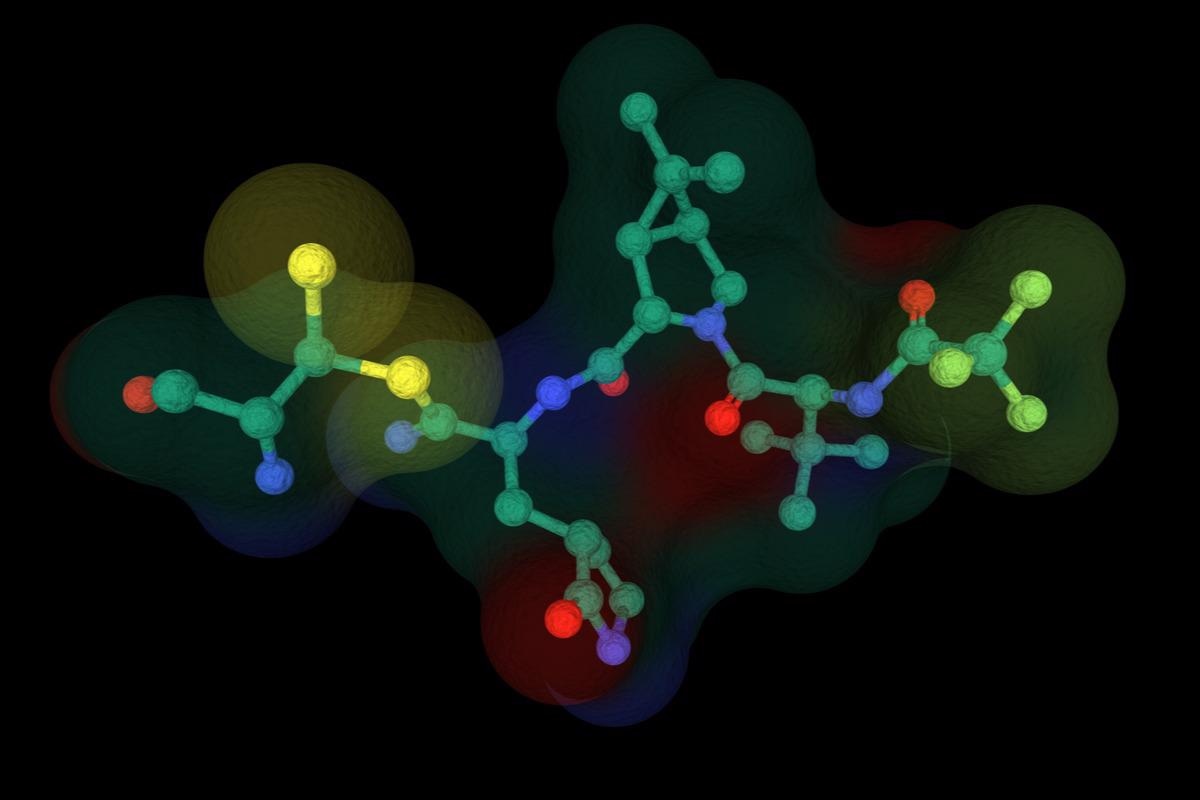In a recent study published in the Annals of Internal Medicine*, researchers compiled evidence-based recommendations in consultation with European and North American clinicians and pharmacologists for recognizing and managing drug-drug interactions (DDIs) with nirmatrelvir–ritonavir (NMV/r).
 Study: Prescribing Nirmatrelvir–Ritonavir: How to Recognize and Manage Drug–Drug Interactions. Image Credit: Artur Wnorowski/Shutterstock
Study: Prescribing Nirmatrelvir–Ritonavir: How to Recognize and Manage Drug–Drug Interactions. Image Credit: Artur Wnorowski/Shutterstock
Background
For successful roll-out of NMV/r as coronavirus disease 2019 (COVID-19) treatment, it is first necessary to offer proper treatment guidance to medical practitioners. They do not prescribe or unnecessarily deny this treatment to COVID-19 patients due to risks posed by unidentified DDIs. Additional challenges are the limited management options, including home isolation, access to investigations, the short window for intervention, and difficulties of dose adjustment.
Patients with mild to moderate COVID-19 may be receiving other medications as well, including over-the-counter medicines, herbals, and recreational drugs. Interactions between NMV/r and these comedications could induce potentially harmful DDIs.
Similarly, clinically significant DDIs may be induced by ritonavir boosting, wherein ritonavir boosts plasma concentrations of nirmatrelvir through inhibition of cytochrome P450 (CYP) 3A4.
It is possible to screen several DDIs, arising from NMV/r and comedication interactions using specialized resources, such as the National Institutes of Health COVID-19 treatment guidelines. However, for safely prescribing NMV/r, it is also crucial to understand when to anticipate a clinically relevant DDI considering the metabolic pathways of co-administered medications.
Metabolic pathways eliciting DDIs with NMV/r
The contribution of CYP3A4 to the overall drug disposition determines the magnitude of a DDI. It tends to mitigate for drugs with multiple metabolic pathways, for instance, simvastatin, which exclusively uses CYP3A4 for its metabolism, is increased 100-fold by ritonavir; therefore, temporarily pausing simvastatin therapy does not cause clinical harm.
The CYP3A4 inhibition by ritonavir takes several days; hence, experts recommended resuming treatment with comedications three days after the last dose of NMV/r. In striking contrast, drugs metabolized by CYP2D6, including many antidepressant drugs, exhibit no clinically significant DDIs post interaction with NMV/r as a low dose of ritonavir weakly inhibits CYP2D6.
Drugs that are strong enzyme inducers, such as carbamazepine, reduce NMV/r exposure, thereby reducing its efficacy. Due to persistent induction following the withdrawal of the inducer, it is unfeasible to avoid DDIs; subsequently, the patient needs an alternative COVID-19 treatment.
Managing clinically relevant DDIs arising with NMV/r
The researchers recommended four ways to manage clinically relevant DDIs, including i) pausing the comedication; ii) dose adjustment of comedications; iii) withdrawal of comedications where possible, such as antihypertensives (but with the patient- counseling to manage withdrawal symptoms); and iv) moving to an alternative COVID-19 treatment.
Choosing an appropriate route, depending on the patient’s clinical condition, post weighing the risk-benefit balance of modifying treatment on the comorbidities is crucial. Where available, accessing specialist consultation was highly recommended.
Challenges with the withdrawal of comedication
The most straightforward approach to managing DDIs is withdrawing the comedication causing it. However, sometimes it is not feasible due to high risk, for instance, stopping clopidogrel treatment within six weeks of coronary stenting. In such cases, medical practitioners should consider shifting to NMV/r alternatives.
Switching to prasugrel from clopidogrel could reverse the deleterious DDI effects on platelet aggregation and should be considered in the six weeks of highest risk after coronary stenting, wherever feasible. For patients with other clinical conditions, simply reducing the clopidogrel exposure might be enough to manage NMV/r associated DDIs.
Feasibility of monitoring dose adjustment
Ritonavir increases digoxin concentrations through inhibition of P-glycoprotein, resulting in a DDI that is difficult to manage. It requires the management of digoxin dosage or a dosing schedule on an individual level, based on the patient’s renal function.
In general, for drugs with a narrow therapeutic index, more stringent dosage measures are needed; however, dose adjustment is optional for drugs like amlodipine, whose DDI can be easily managed.
An exceptional situation could arise for patients on antiretrovirals, i.e., receiving a drug combination containing the cobicistat or low-dose ritonavir. For these patients, the additional ritonavir in NMV/r for five days, in most cases, does not cause significant intolerance. Therefore, in such cases, antiretroviral therapy could be continued.
Conclusion
To conclude, although not all DDIs are harmful, medical practitioners must weigh the risk-benefit balance of co-administration in each case. The authors recommended that updated resources, such as the Liverpool DDI checker, should be used to access the potentially harmful DDIs. Importantly, before prescribing NMV/r, they should comprehensively ascertain all other medications prescribed to a COVID-19 patient so that no DDI remains underrecognized. To conclude, a little caution at the end of medical practitioners could ensure that NMV/r roll-out (as COVID-19 treatment) would be successful across all health care settings.